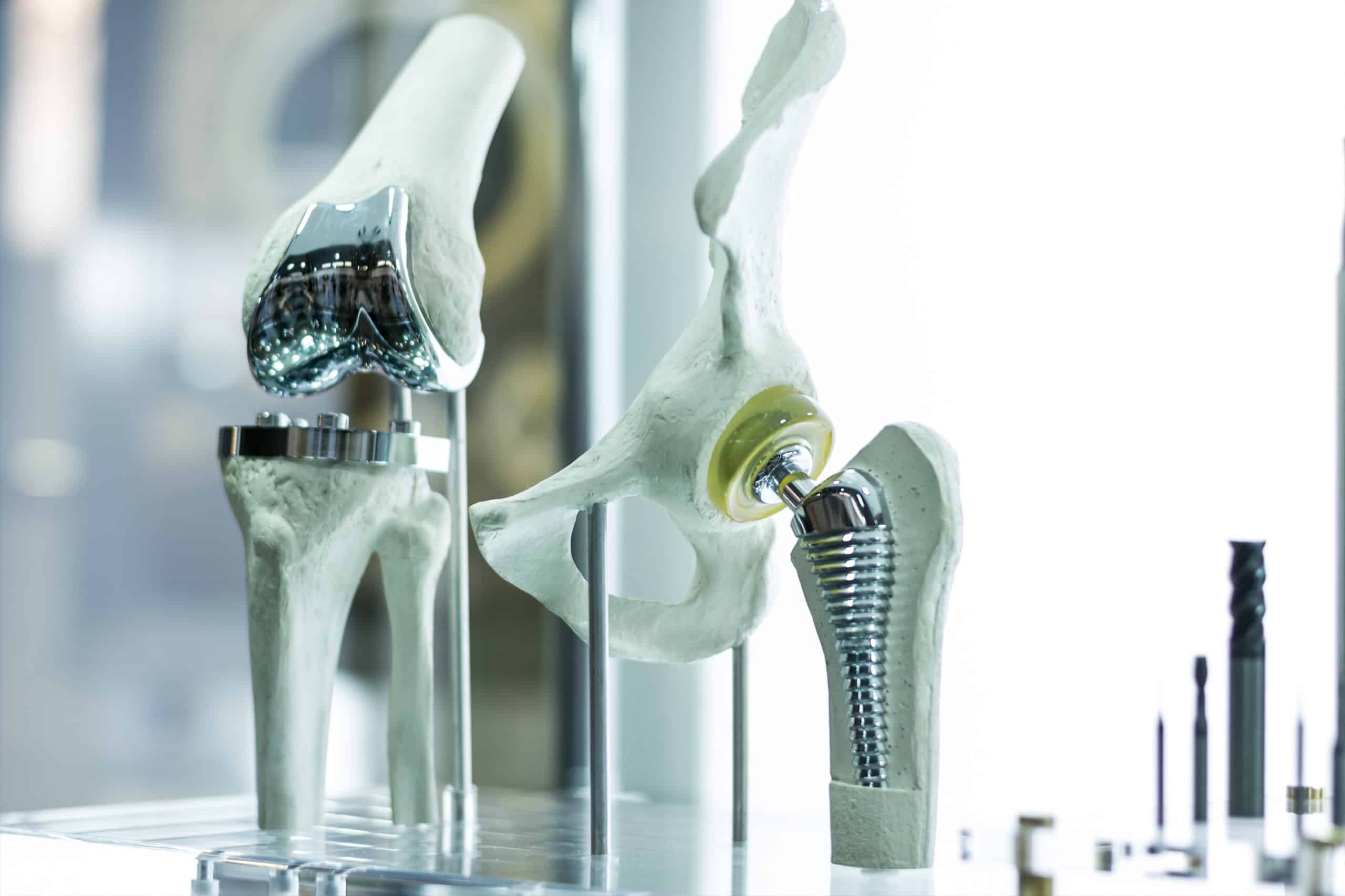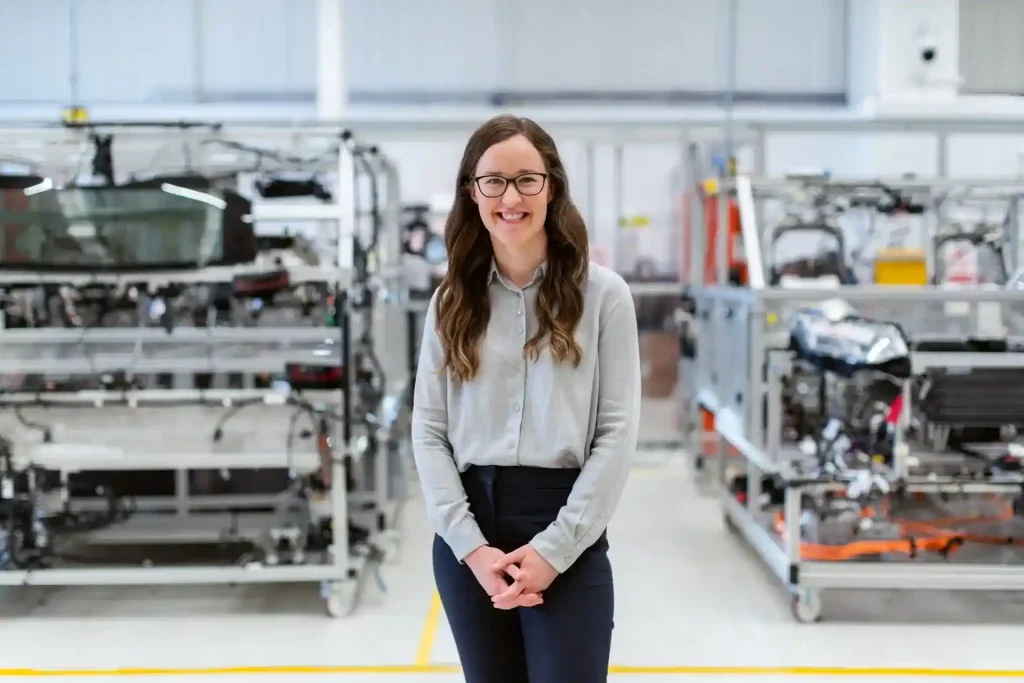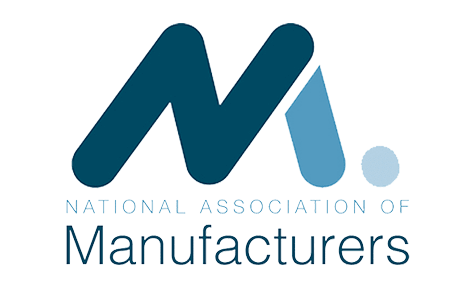What are the challenges involved in cleaning medical devices?
Integrating ultrasonics with immersion washers has proven to be an effective way to clean intricate medical devices. Before processing them for distribution, cleaning medical devices pose a unique problem to manufacturers due to their intricate and delicate nature. Any residue left behind from the manufacturing process could affect the device’s intended purpose or cause adverse health effects for the person receiving the device.
Many medical devices such as stents, prosthetics, implants, and other devices like ventilator equipment or testing tubes must meet strict guidelines set by the FDA.
Medical devices like these can be difficult to clean due to intricacies, small holes, recesses, and crevices that can gather dirt and residuals.
How do Ultrasonic Cleaning machines clean Medical Devices?
Ultrasonic cleaning kills bacteria and other pathogens through physical means and temperature rather than by a chemical reaction. This removes any need for harsh compounds.
Ultrasonic cleaning uses bubbles induced by high-frequency pressure (sound) waves to agitate a liquid. In addition, the agitation produces high forces on contaminants adhering to substrates like metals, plastics, glass, rubber, and ceramics. This action also penetrates blind holes, cracks, and recesses.
Ultrasonic cleaners can also remove soil from joints, crevices, lumens, and other areas that are difficult to clean using other methods. To accomplish this fine cleaning, ultrasonic cleaners use a process known as cavitation.
How Do Medical Parts Cleaning Systems Work?
Once placed inside the immersion washer, parts are submerged underwater, where a process called cavitation takes place. Cavitation uses sound waves to create bubbles within the liquid. The bubbles then travel up through the liquid and implode when they hit the object within the parts washer. The force of the bubbles imploding loosens soils and debris with force.
Ultrasonic parts washers can emit sound waves between the frequencies of 25 kHz to 40 kHz. Medical devices need to be cleaned with high frequencies so that the complexities and details in the devices can be reached and any microscopic soils can be removed. Whereas, lower frequencies are most often used for removing contaminants like grease and oil from surfaces.
These ultrasonic features in combination with detergent and agitation within the immersion washer leave medical devices microscopically clean.
Why Choose A Better Engineering Aqueous Parts Washer Right for medical devices?
Better Engineering’s ImmersoSonic line comes with optional ultrasonic cleaning, perfect for your medical device needs. We have the ultrasonic capabilities you need, and many of our parts washers can integrate directly into your current production line.
View Better Engineering’s ImmersoSonic Systems
Our ultrasonic multi-tank systems are the most effective in cleaning medical devices. Multi-tank immersion systems remove large particles in the early stages of cleaning. This ensures large particles do not interfere with the later stages of sanitation.
Better Engineering machines comply with and exceed all regulatory safety standards such as GMP (Good Manufacturing Practices) guidelines.
Customers can count on Better Engineering to find a cleaning solution that matches their needs. In our test lab, we can test your parts free of charge. This guarantees the system you choose always meets your cleanliness standards.
Is an aqueous parts washer the solution to your needs? To find out, speak with one of our machine specialists today.






